A satellite cannon, a blaster and a sun-walker: funny and paradoxical projects
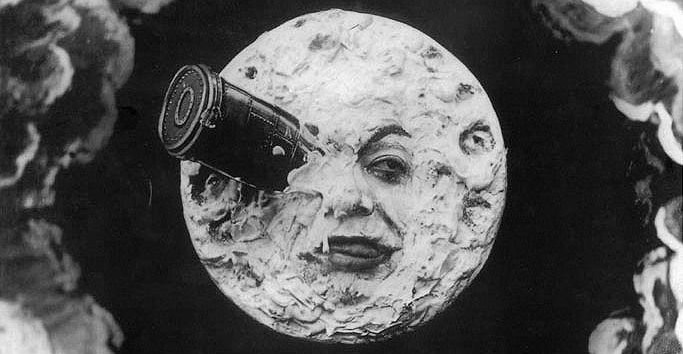
We live in a time when discoveries and breakthroughs are made every year. Countries compete with each other for possession of a palm in the military, space and other fields. Thanks to this race, humanity has received many useful and necessary tools and technologies that can be used in everyday life. But there are also quite a few projects in history that you cannot see without a smile. Sometimes their authors reach the point of absurdity and comedy, despite the multimillion-dollar costs. We have found for you a number of funny projects from the history of astronautics and aviation.
Blaster of the Soviet cosmonaut
And we start with near-cosmic projects. It is difficult to say how the “star wars” scenario was seen by the American and Soviet military, but the astronauts were armed. The Americans included an astronaut with a knife called the "Astro 17" (I wonder why 17? Perhaps there were other prototypes of space weapons.). And our military went much further than their opponents.
In 1984, the Academy of the Strategic Missile Forces developed a laser gun - a compact weapon to protect orbital stations and turn off the observation optical systems of a potential enemy.
')

The developers found that for computational purposes quite a fairly small radiation power. Therefore, pyrotechnic charges mounted in a 10 mm caliber cartridge were used as an energy source. As a result of ignition, a flash occurred with a temperature of several thousand degrees Celsius. The effective shot distance is about 20 meters. The store had 8 rounds. Blaster could not hit the "manpower and technology", but could easily disable the optical elements of the spacecraft and blind the astronaut. Development stopped in connection with the conversion of weapons, and a prototype exhibited at the museum of the Strategic Missile Forces Academy.
Satellite gun
HARP is a project for launching small satellites into low Earth orbit using guns. Such installations of different sizes and calibers were built more than 10, but the largest was the installation, which was based on the battleship gun with a length of 20 meters and a caliber of 410 mm. The trunk was increased to 40 meters and equipped with a system of stretch marks so that this pipe would bend less. The projectile was a special shell container, inside of which there was a payload that needed to be put into orbit. After the shot, the shell fell apart, and the cargo flew further. Research and experiments lasted almost until the 1970s, and as a result the project was closed. The payload could not be delivered into space, although the gun threw 180-pound projectiles to an altitude of 180 km. Today, the gun and rust near Barbados.

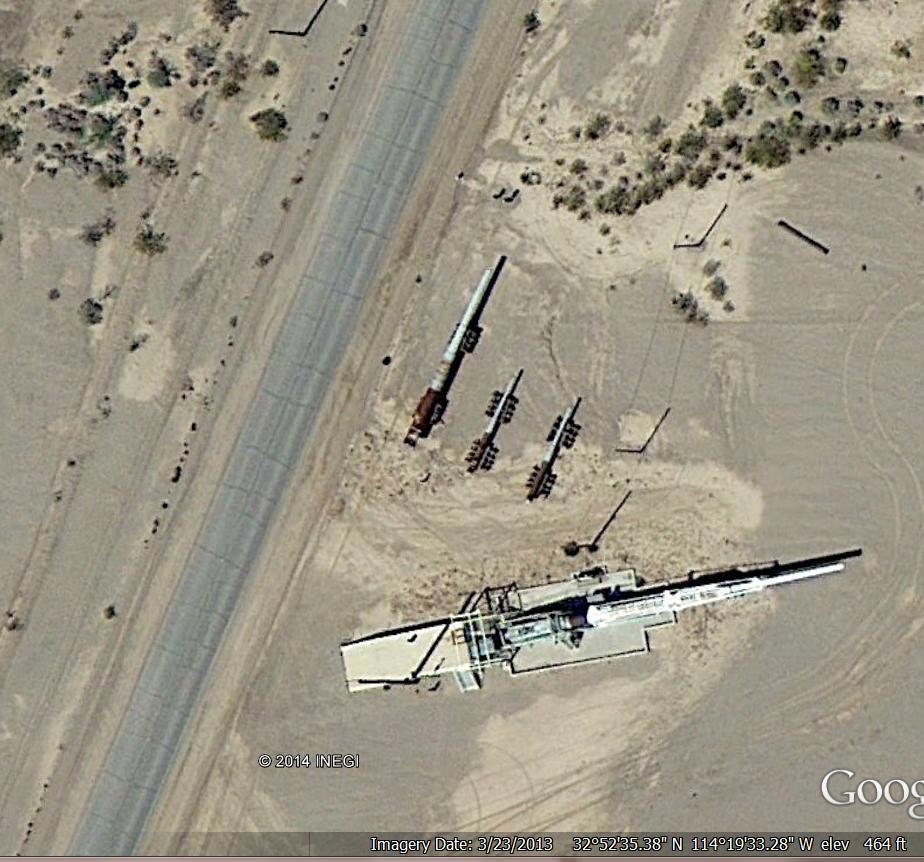
The Sunshine
Some developments are not that ridiculous - they border on marasmus. In 1970, American physicist Robert Creek, for whom insane ideas had never been noticed before, announced to the world the creation of the Sun Rover. This "great invention" was supposed to take samples of the solar ground. Yes, it is the ground. The inventor spent about one and a half million dollars on his project. Well, if only for his savings - he took part of the funds from the treasury of his native university, and the origin of the rest is unknown. Now it is hardly possible to establish whether this was a scam or insanity.
The determinant of biological life on the planet
During the creation of the Soviet automatic space station Mars-2, many problems arose, one of which was the overweight of all the planned research equipment. It is said that Korolev personally engaged in the inspection of each device designed for this mission. He came across drawings of a device designed to define organic life on the planet and transmit this information by radio. Korolev decided to personally check it in action. The device was taken to the steppe near the cosmodrome and turned on. After some time, the device proudly conveyed that "there is no life on this planet," after which he was excluded from the flight to Mars.
US Navy underwater spacecraft
In the 1970s, the US military was very concerned about the Soviet satellites, who helped warships to conduct targeting. To combat this danger, numerous military developments were launched. One of them was the brainchild of Fred Redding - a reusable submarine spacecraft based on submarines. It was planned to equip strategic missile-carrying submarines with similar pepelians. The spacecraft with an underwater launch had to go into orbit, destroy the Soviet satellites and return back. It was considered that such a launch would not be perceived as a nuclear strike.

In developing this miracle of military thought, elements were taken from existing ballistic missiles. In size, he was supposed to fit in the launcher of the submarine. True, the project remained on paper: after all, even by modern standards it is too fantastic and requires huge investments.
Flying Ram XP-79B

In 1943, the US Air Force approved the project of a flying wing aerodynamic fighter and ordered the construction of three samples. The first two received rocket engines, but after the accident a third sample was equipped with turbojet engines. It would seem, what's wrong with that?
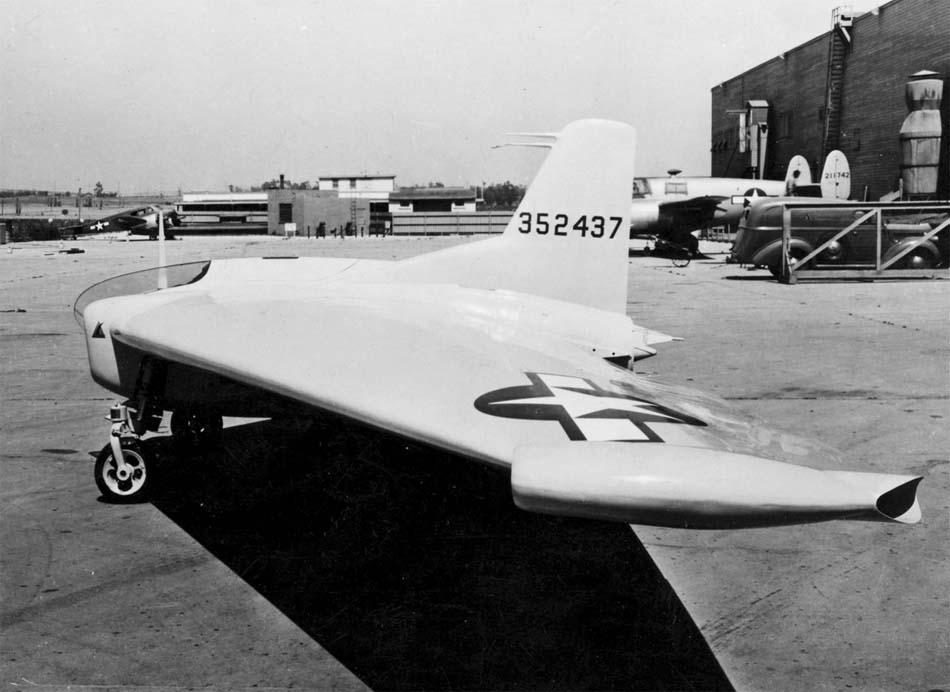
This miracle of American military thought was unique in its kind. "Flying Ram" - the first aircraft, whose main weapon was ... a ram. It was planned that the pilot would easily cut off the wing or tail of the enemy aircraft. In case the ram fails, 4 12.7 mm machine guns were placed in the wings. To reduce the impact of overload on impact, the pilot was in the supine position, and the entire cabin was enclosed in a magnesium monocoque capsule.
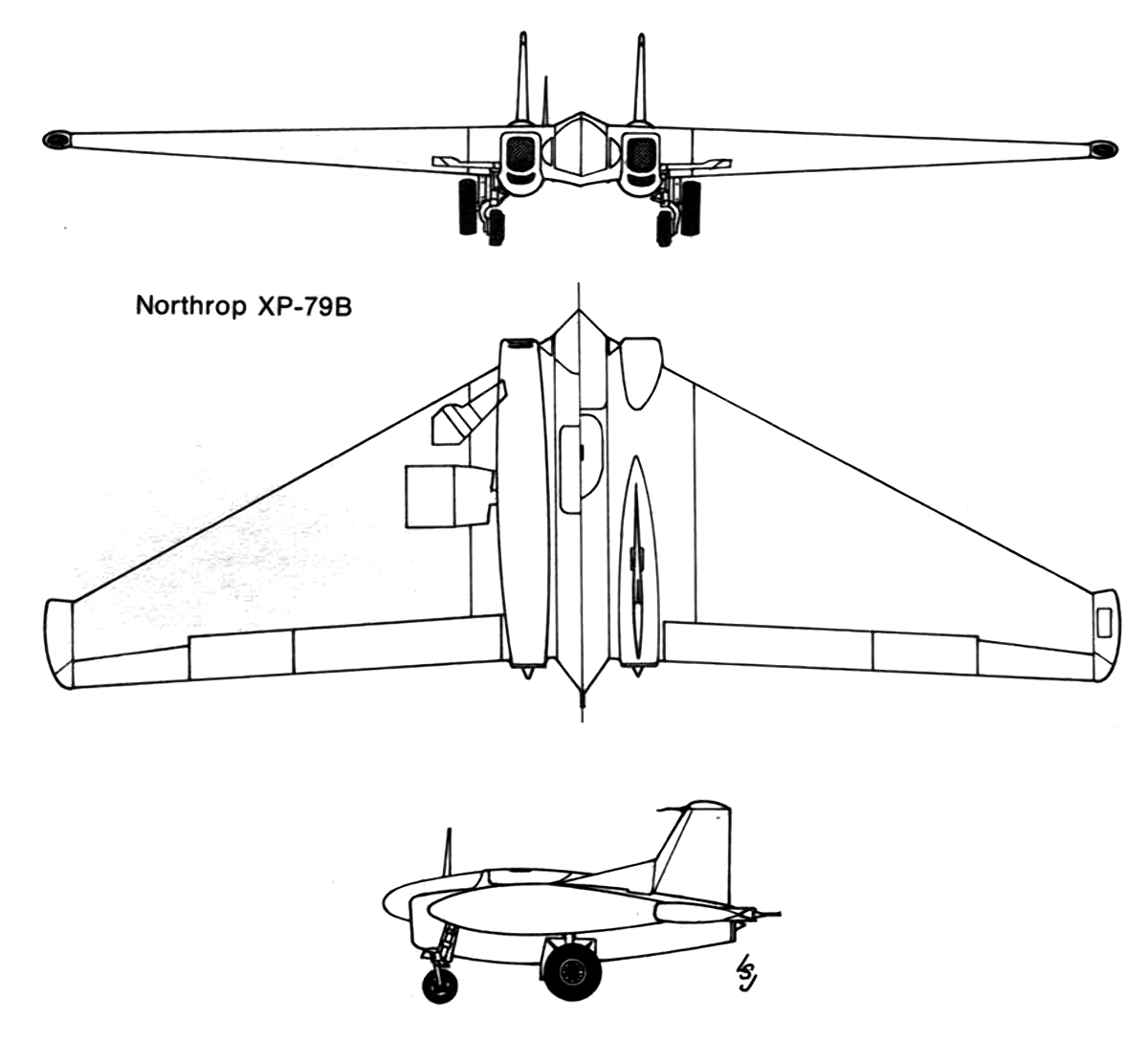
In 1945, the remaining sample of the three was finally brought to mind and brought to the test site for the first independent departure. But here, too, the tests were delayed due to permanent damage to the chassis. The “flying ram” nevertheless rose into the air, but after 15 minutes it broke into an uncontrollable corkscrew and crashed. Further work on the XP-79B project was not carried out due to the apparent futility.
Avrocar VZ-9V
Planes capable of vertical takeoff, people have dreamed of since the middle of the last century. Such devices, which do not need runways, could land in places inaccessible to “ordinary” aircraft. The scheme of the first jet aircraft with vertical takeoff, while using an airbag created by the fan blades, was proposed by the Englishman John Frost back in 1947.
And only 12 years later, in 1959, the Canadian company Avro built the first prototype, the VZ-9V Flying Saucer, which was immediately interested in the US Army. The device made its first towed flights in December of the same year. Then he was transferred to one of the US military bases in an atmosphere of secrecy, and further development and tests were carried out under the top secret.
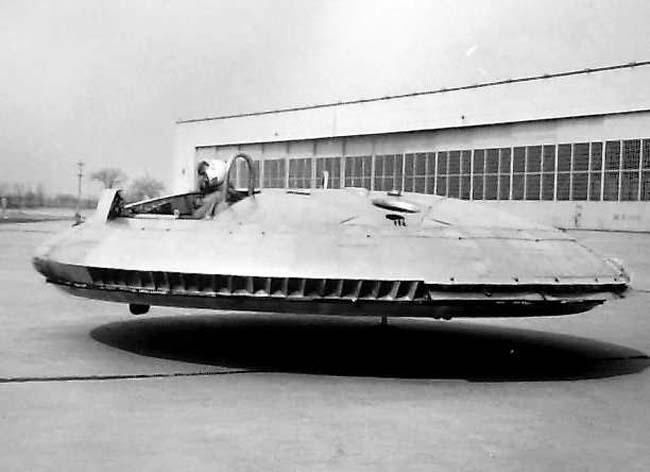
In 1962, work on the apparatus VZ-9V were discontinued. Tests have shown that the American UFO has a number of shortcomings: lack of stability, frequent problems with the power plant and control systems. The technology was considered unpromising and too expensive to implement. Unfortunately, and perhaps fortunately, flying saucers did not replace modern aircraft.
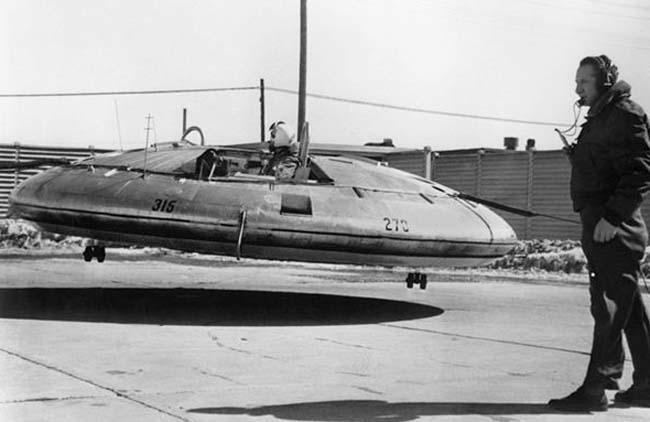
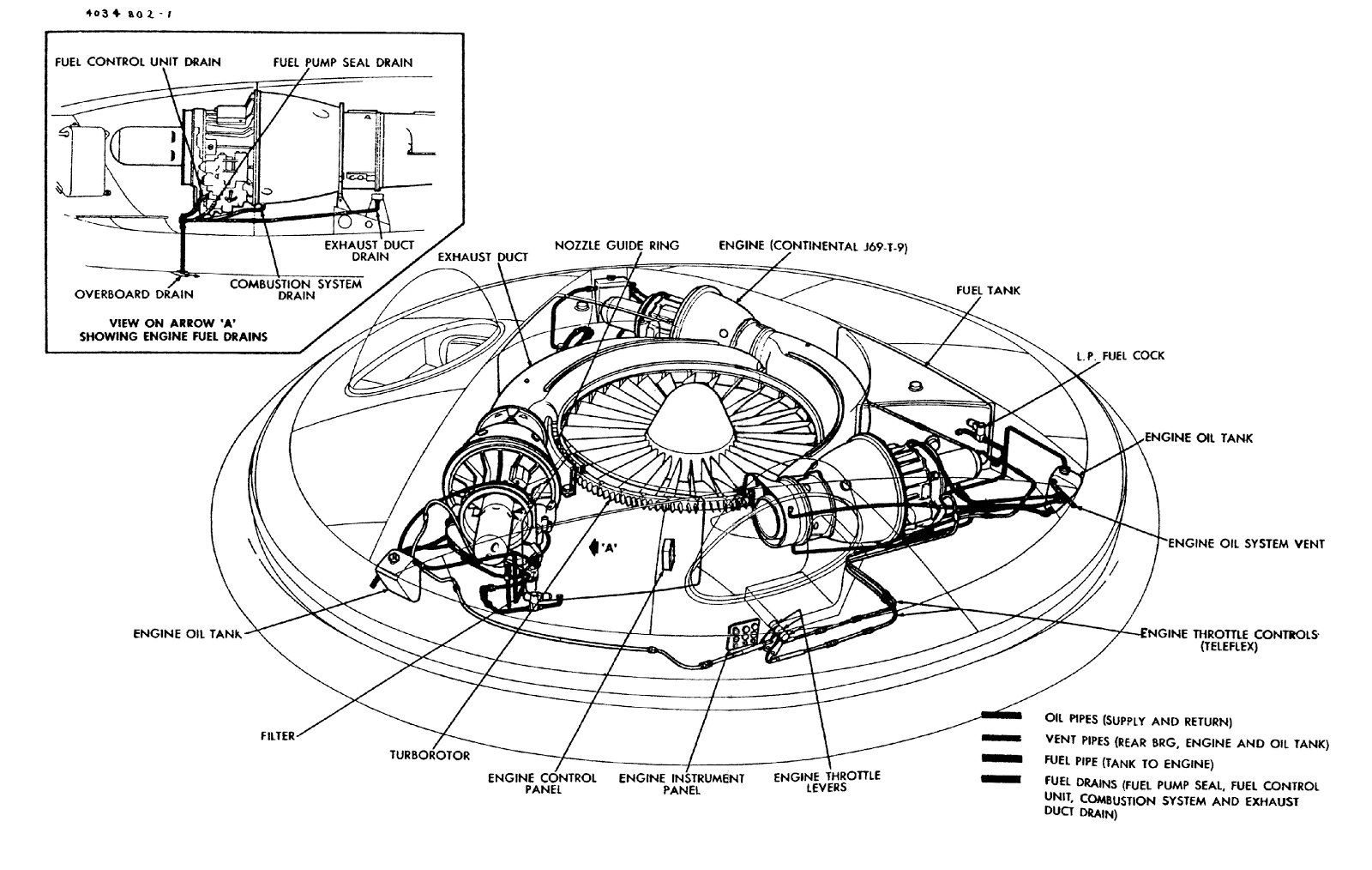 Some curious developments were presented to us by the space industry.
Some curious developments were presented to us by the space industry.M2-F1 - flying bath
In the late 1950s, a model of an apparatus for the return of astronauts to Earth was developed at the Ames laboratory. It had the appearance of a half-cone with a blunt nose and a flat roof. For exchange rate stability used two keels. Thanks to good calculated performance characteristics, in 1961, NASA considered the possibility of using this device as a lifeboat for the Apollo. But further consideration did not matter.

Funding was closed, and then the project was developed by the efforts of some enthusiasts from NASA. They made a scale model and conducted a series of tests. It was possible to knock out another 10,000 dollars for development and get agreement to test the already finished model. The power frame "Baths" made of aluminum, and the body of plywood.
In 1963, began taxiing tests, which were also not entirely successful. The device was accelerated with the help of the Pontiac car, which one of the test participants helped to buy cheap.
After upgrading the device, the designers persuaded the center of the Dryden center to conduct an independent flight without the participation of the car. In 1963, the "bath" was towed by plane to a height of 4 km and unhooked.

In general, the flight went well, but the results were not impressive. It is curious that the director of NASA found out about the descent of the “Flying Bath” only thanks to the request of the congressman, who, in turn, learned about it from the newspapers.
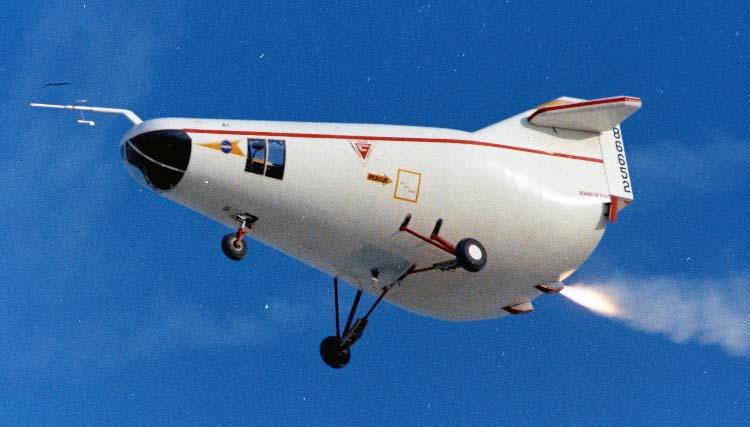
Total spent about 90 (!) Of such descents. Minor accidents happened, the device was refined, but the M2-F1 never went into space.
* * *
Smile-causing inventions in the XX century were many, you can talk about them for a long time. It is important to remember that almost all of these developments are the fruits of the hard work of many scientists and engineers. And the mistakes made in the process helped in the future to avoid accidents and problems in other inventions. Therefore, smiling at strange devices or tools, remember that at one time some of them were a breakthrough of engineering and technical thought. Or could be.
Source: https://habr.com/ru/post/448210/
All Articles